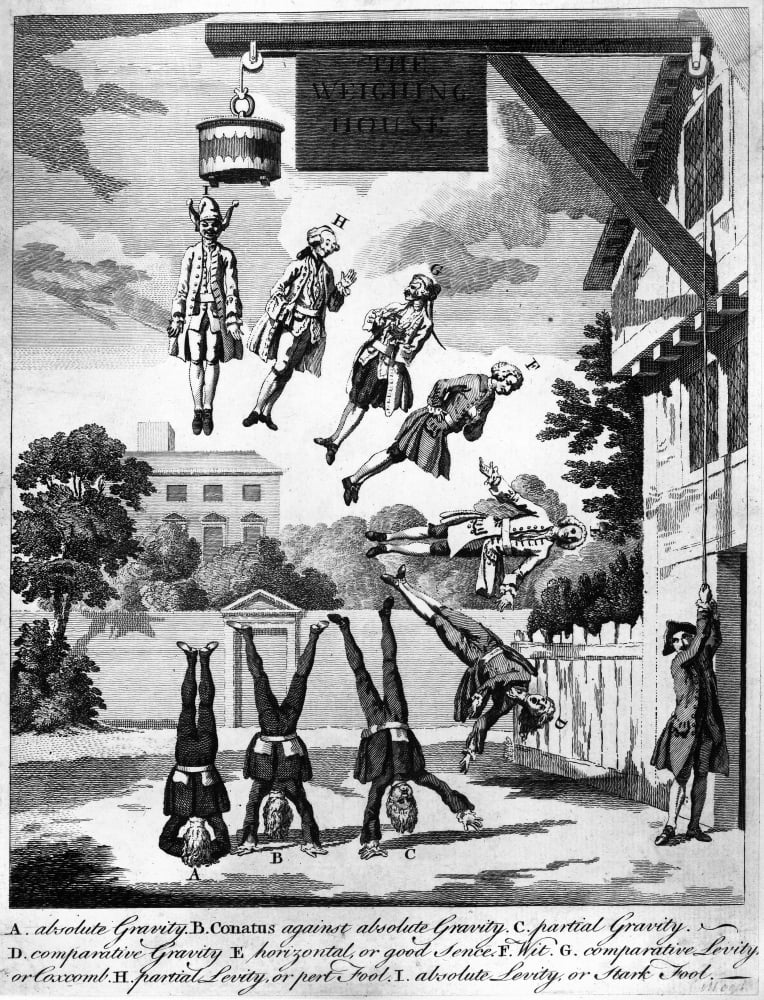

So, when a marksman pulls the trigger on his rifle, the force of the bullet is equal to the recoil into his shoulder. The third law provides that for every action there must be an equal and opposite reaction. These two laws were groundbreaking: since Aristotle, received wisdom had been that a force was necessary in order to maintain motion. The second is the law of acceleration, which is equal to the force applied on a body divided by its mass. The first is the law of inertia: objects at rest stay at rest, and objects in motion stay in motion at the same speed, unless acted upon by an external force. In Principea, Newton set out his three laws of motion. He was certainly a workaholic, an insomniac and a bit of a nutter: he once stared at the sun for so long that he had to spend three days in a darkened room to let his eyes recover. But he never married and some maintain that he died a virgin.Īt least one eminent psychologist believes that Newton suffered from Aspergers syndrome. Newton's most productive period took place before he was 30 years old, and he was lucky enough to have been recognised as a genius in his own lifetime. Newton died in 1727 and was buried in Westminster Abbey. Newton held a number of other important roles, devoting his later years to legislative or administrative positions: he was twice elected the member of parliament for Cambridge University he was appointed warden of the Royal Mint in 1696 he was elected president of the Royal Society in 1703 and he was knighted in 1705. Newton's attempts at alchemy probably contributed to his 1693 nervous breakdown he became obsessed with this endeavour and often worked through the night. In addition to physics and mathematics, Newton devoted time to alchemy (and in particular the transformation of base metals to gold) and biblical chronology (the study of the order of events described in the Old Testament). His second most influential book, Opticks, followed in 1704. Newton’s greatest work, Philosophiae Naturalis Principia Mathematica (Mathematical Principles of Natural Philosophy), was published in 1687. Newton, however, refused to take holy orders, as was required by the University’s bylaws, and Charles II granted him a special dispensation. He was promoted to be the Lucasian Professor of Mathematics in 1669, probably as a result of his invention of the reflecting telescope (which brought him to the attention of the scientific establishment) the previous year. Newton returned to Cambridge, as a fellow of Trinity College, two years later. Newton later described these years as the "prime" of his "age for invention". It was during this period that Newton developed his laws of motion. Newton graduated in 1665, the same year as he discovered the binomial mathematical theory, and returned to his childhood home of Woolsthorpe Manor in Lincolnshire-when the university was closed because of an outbreak of plague-to develop his theories on optics, mechanics, the law of gravitation and calculus. He did well at school despite or perhaps because of being bullied, and entered Trinity College, Cambridge, in 1661. Newton was named after his recently deceased father (a wealthy farmer) and raised by his maternal grandmother after his mother remarried.

The claims of plagiarism were unfounded, but it was still enough to drive Newton into a fit of rage in which he vowed to quit the Royal Society and never publish again.Isaac Newton was born on Christmas day 1642 in a Lincolnshire manor house. Then, in 1675, Newton published another paper that drew even greater criticism however, this time he was being accused of plagiarizing Hooke's ideas about the relationship between planets and the sun. Hooke, for his part, did have his own ideas about gravitation and the way that planets were attracted to the sun, but he never articulated a theory. His ideas about light contradicted those of noted scientist and head of the Royal Society, Robert Hooke, earning Newton immediate criticism. Newton argued that light was made up of particles while Hooke believed it was a wave - and because Hooke had more academic clout at the time, a bitter rivalry developed. Hooke went so far as to convince fellow scientists that Newton was wrong.

Newton began publishing his research on light, color, and motion, with his first presentation being at the Royal Society of London in 1672.


 0 kommentar(er)
0 kommentar(er)
